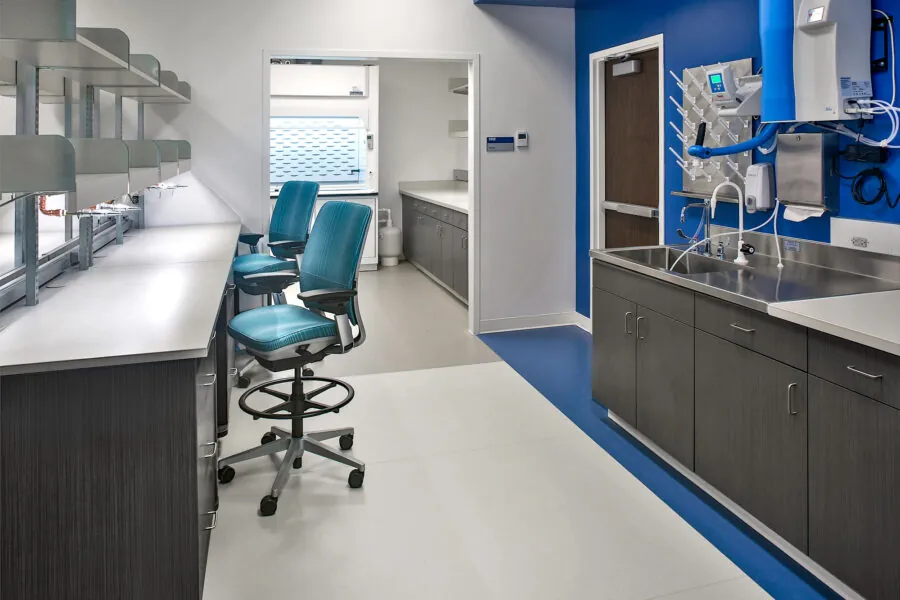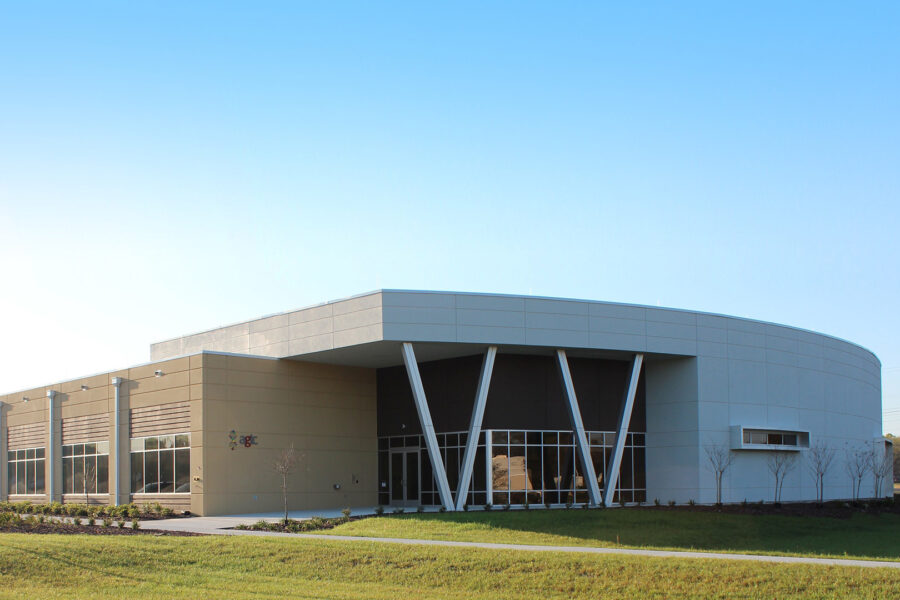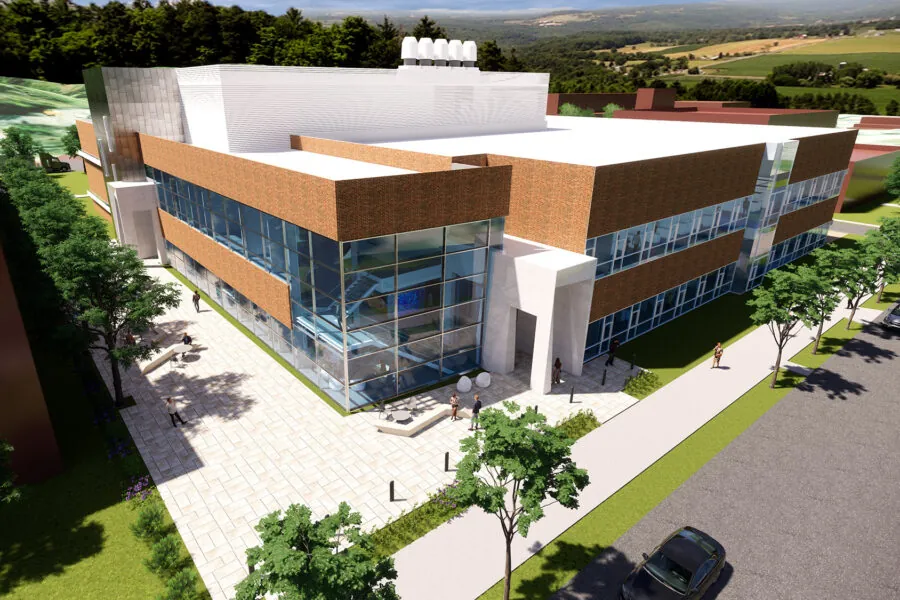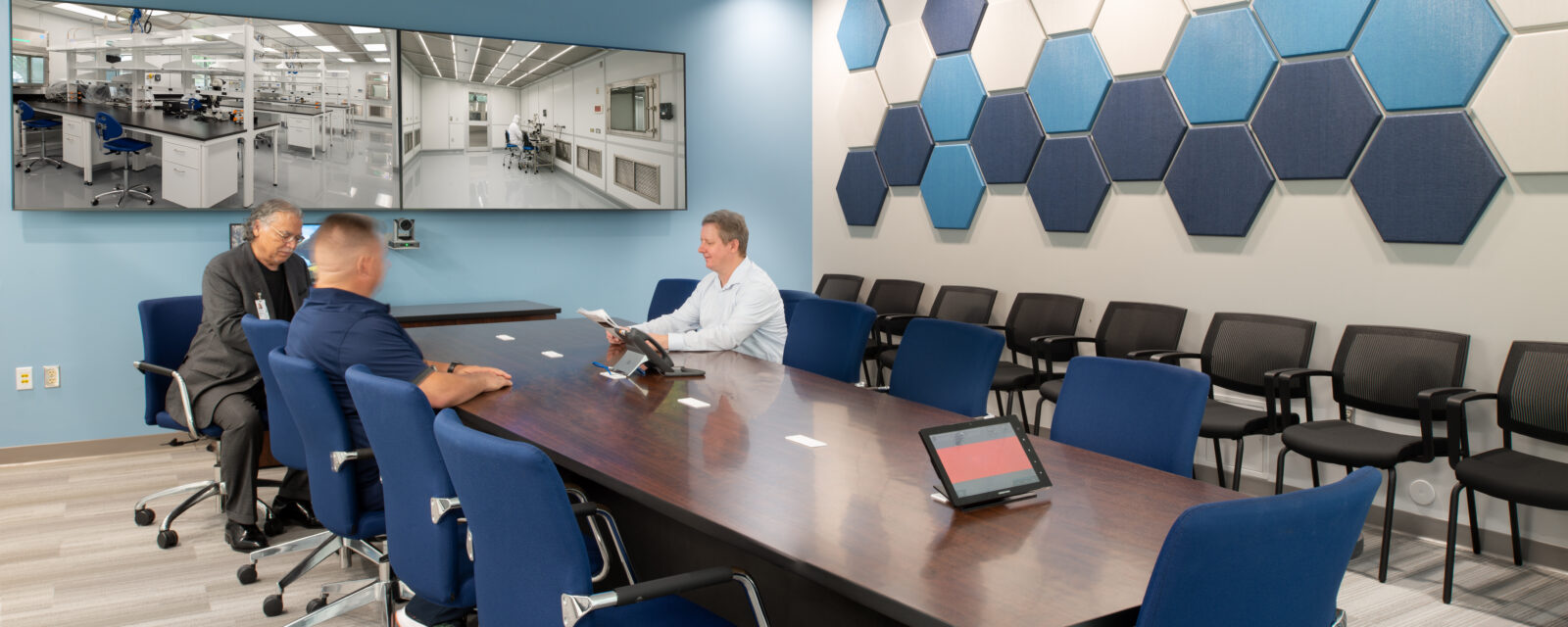
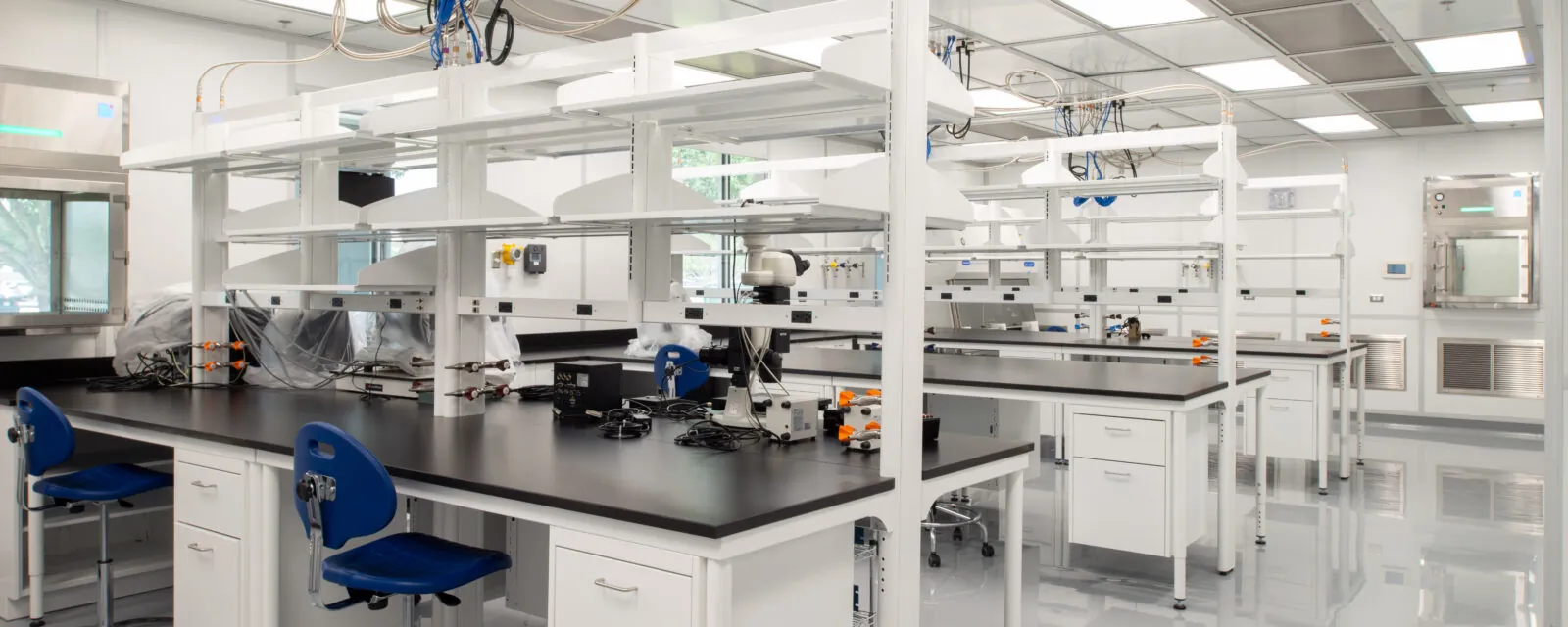
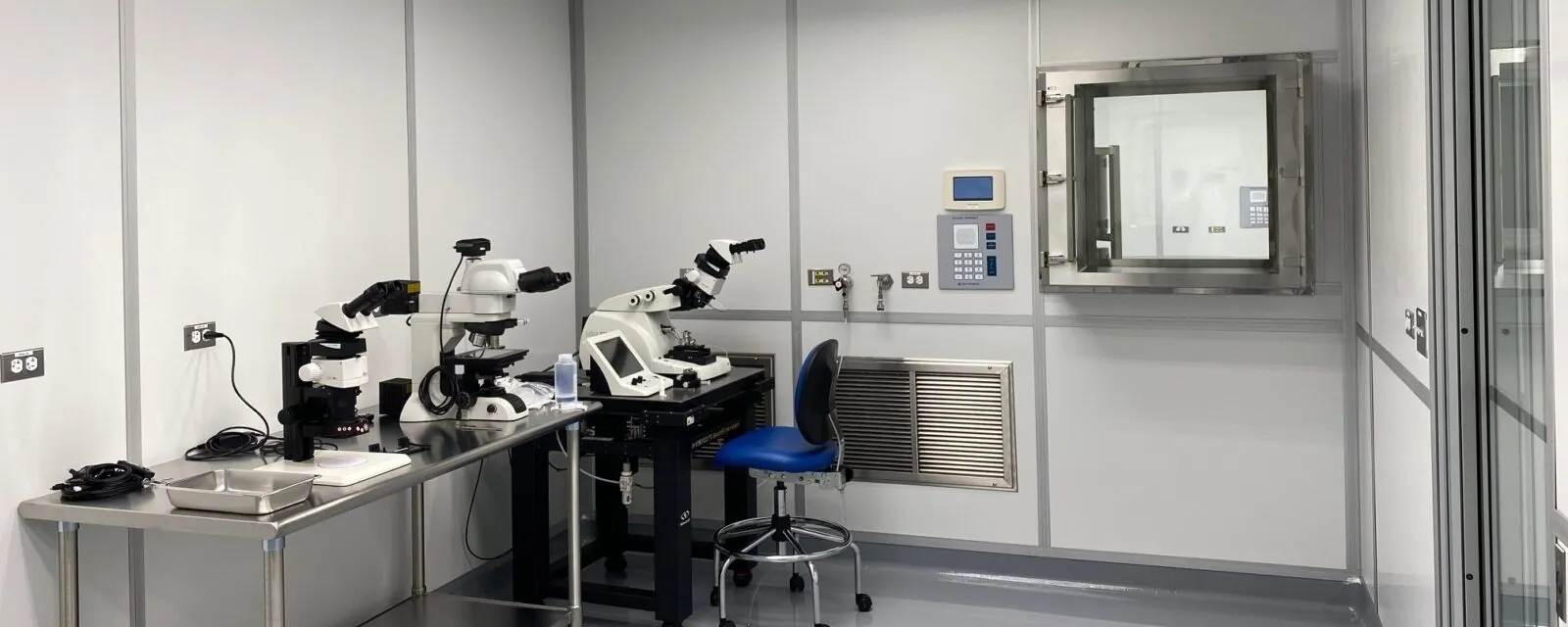
NASA Asteroid Curation Facility
Project Details
Client / Owner
NASA
Johnson Space Center
Focus Areas & Services
Size
81,000 square feet
First-of-its-kind facility to research extraterrestrial samples
As part of the Astromaterials Research and Exploration Science (ARES) Division at NASA, the Astromaterials Acquisition and Curation office is responsible for curating extraterrestrial samples from NASA’s past and future sample return missions. In preparation for returning asteroid samples to Earth from the OSIRIS-REx and Hayabusa2 asteroid research missions, NASA leadership recognized they needed a first-of-its-kind facility to research, store, and protect the extraterrestrial samples.
Collaboration to foster success
NASA experts knew that because the samples were alien material (not from Earth), they would need to take extreme precautions to minimize the contamination risk of the samples.
The project schedule was established based on the knowledge that NASA would receive its first samples from the carbonaceous asteroid 162173 Ryugu from the Japanese mission Hayabusa2 in November 2022. Samples from the United States-led OSIRIS-REx mission of asteroid 101955 Bennu are set to be received in September 2023, with a portion of those samples to be shared with Japan. The missions will help scientists investigate how planets are formed and how life began and improve understanding of asteroids and how they could impact Earth.
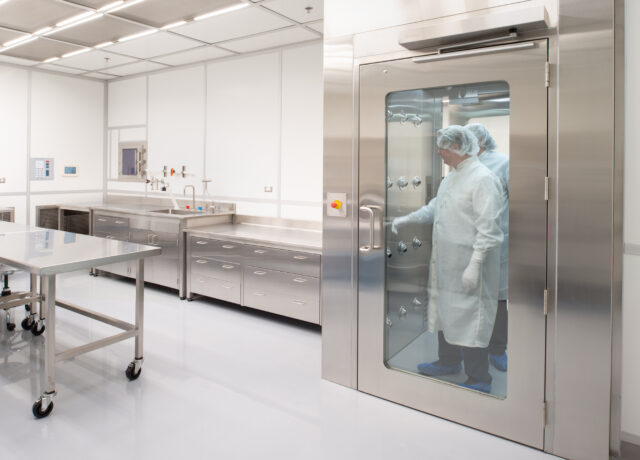
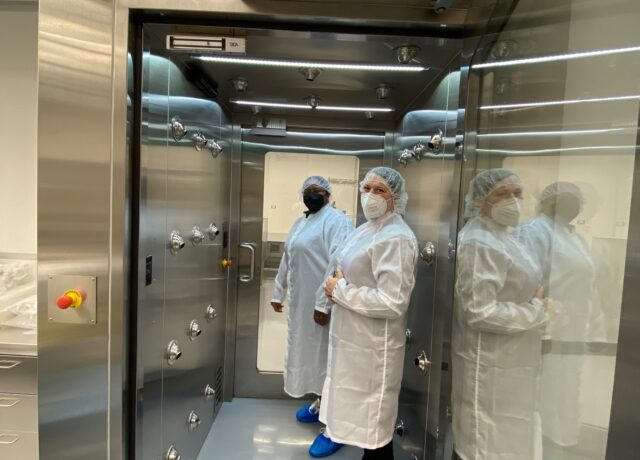
Setting & maintaining standards
An exhaustive list of prohibited building materials was considered early in the design process. The RS&H team worked with manufacturers to produce custom equipment using uncommon materials. After examining each metal, bolt, and fastener, on-the-fly adjustments were made regularly to maintain sterility. The lab suite in the new facility consists of several rooms, including an initial anteroom (ISO 7), a staging area (ISO 7), two gowning areas (one for OSIRIS-REx and one for Hayabusa2, both ISO 6), the Hayabusa2 Curation Laboratory (ISO 5), the OSIRIS-REx Curation Laboratory (ISO 5), and ultramicrotomy laboratory (ISO 7), and a thin section laboratory.
As a valued partner with NASA since the 1960s, RS&H started the project with a contract for HVAC repairs, which blossomed into laboratory repairs, laboratory design, and a master plan that would consolidate the ARES division from six buildings down to two. For the master plan, the RS&H team conducted a series of interviews with 14 ARES technical groups and examined and assessed the currently occupied areas distributed across the campus among six buildings that date back to the 1960s. They developed cost estimates and determined how to consolidate the current footprint into effective and efficient spaces suitable for advanced science collaborative groups. The study consolidated the ARES Division within two buildings and added an annex to one of the facilities. The area of the facility plan totaled approximately 81,000 square feet.
The first components of the strategy included the design of approximately 10,600 square feet to contain a new Asteroid Sample Curation clean room suite to house samples returning to Earth from the OSIRIS-REx and Hyabusa 2 asteroid research missions, a new advanced cleaning suite, and a temporary consolidated home for the Mars research laboratories.
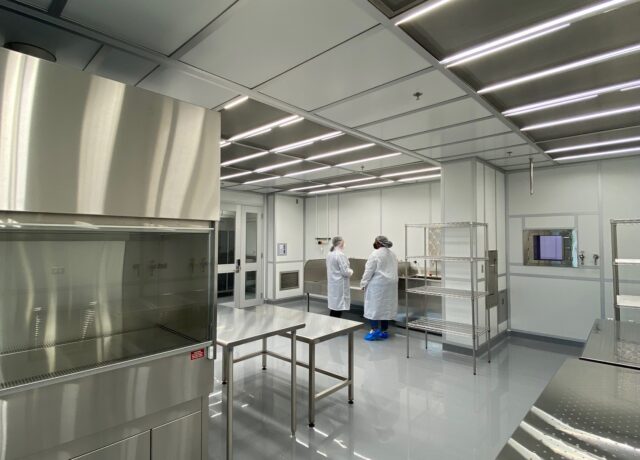
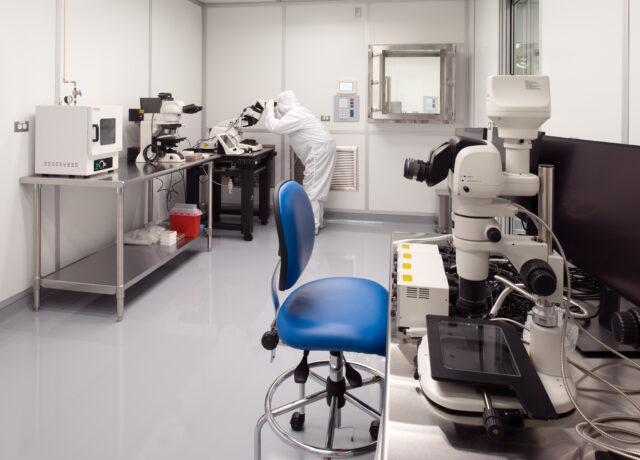
[LETTER FROM NASA]
RS&H design services come highly recommended by NASA’s Astromaterials Research & Exploration Science Division and the Johnson Space Center in Houston, Texas. NASA has partnered with RS&H on various projects to prepare us for the receipt of new asteroid samples returning to Earth in the early 2020s by the OSIRIS-REx and Hayabusa 2 Missions.
In parallel with the design of the Curation Facilities for these two new sample collections, our Division underwent a strategic planning activity in which our leadership team was so impressed with RS&H’s quick ability to grasp our unique requirements that we expanded their contract to include an overall facilities assessment. This assessment involved surveying six facilities that our Division currently occupies onsite at NASA and interviewing 15 technical user groups. Each of these user groups brought their own set of challenging requirements; many competing with each other. RS&H’s ability to break down functional requirements across our diverse groups quickly allowed us to successfully win funding for major facility projects in 2019 and 2020. RS&H demonstrated effective laboratory planning to facilitate work efficiency in environments ranging from dirty, high temperature, high pressure experimental laboratories, to handling sub-micron sized astromaterial samples in ISO Class 5 laboratories. Their ability to look into our process flow and product handling from the outside enabled a reduction in needed square footage of laboratory space in many cases, showcasing our commitment to the Agency’s goal to reduce government square footage while growing in capabilities. Innovative solutions to remodel 50+ year old facilities were a requirement that RS&H embraced and turned into a strength.
RS&H’s flexibility and prompt attention to detail kept our projects on schedule and within the cost cap resulting in follow-on work; which is nearing the 30% design review now. To create advanced curation and cleaning facilities enabling future samples from more asteroids, Mars, moons of Mars, comets and beyond, RS&H has turned these planetary bodies’ unique challenges into opportunities.NASA looks forward to a long relationship with RS&H as we expand into the solar system bringing back samples of new bodies never before explored. Their work comes highly recommended. I would be delighted to answer any questions about my past experience with them.”
Lisa Pace, Deputy Division Chief
NASA Astromaterials Research & Exploration Science – NASA Johnson Space Center

